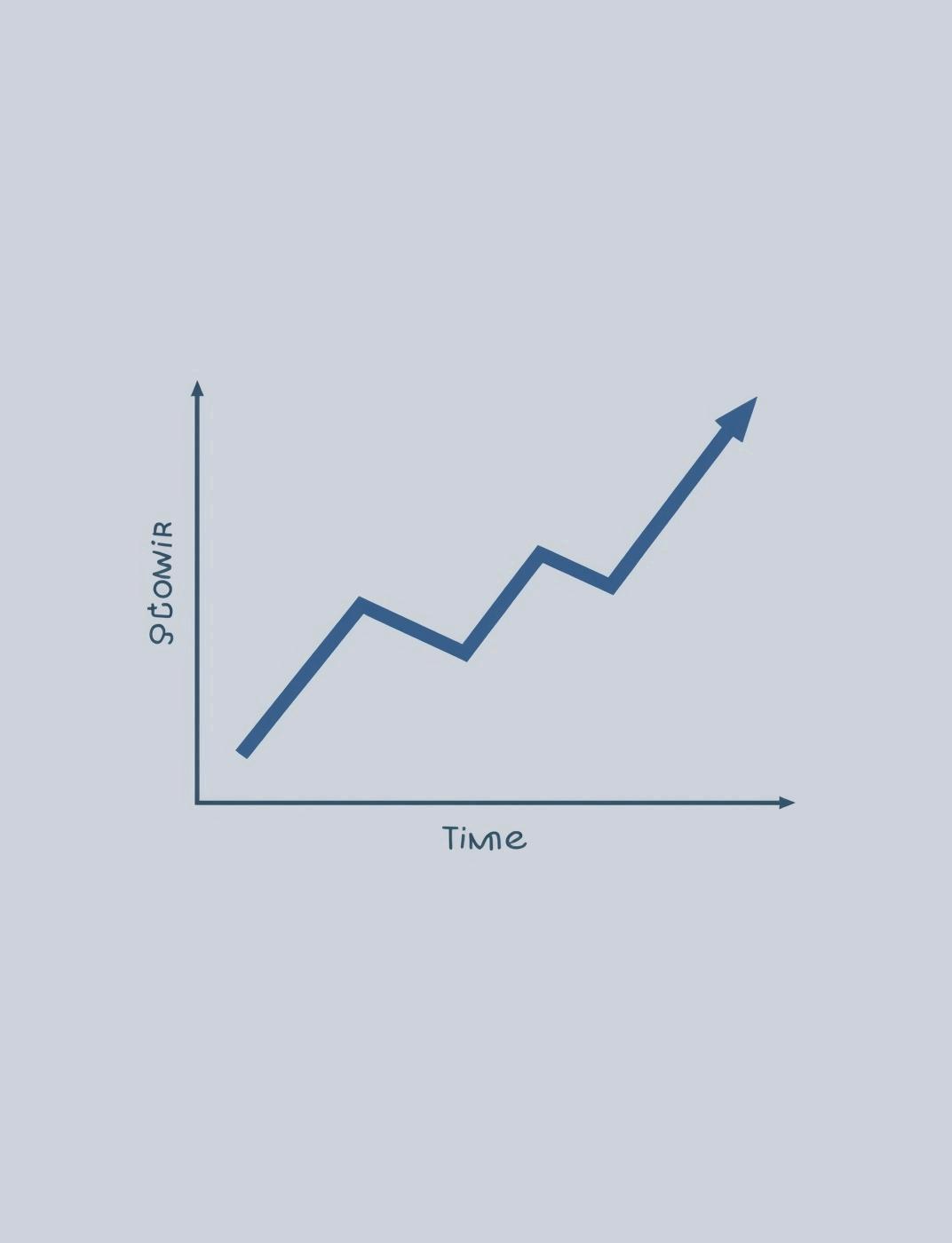
29 Oct 2025
George Brkljacic


29 Oct 2025
George Brkljacic
Tangible outcomes are measurable results, like the number of people served or resources distributed, providing clear evidence of a program's effectiveness and immediate benefits.
Intangible effects refer to changes in behavior or attitudes, such as increased community engagement or improved selfesteem, which can be harder to quantify but are equally important.
Quantitative Methods
Qualitative Methods
Quantitative methods involve collecting numerical data through surveys and performance metrics, providing measurable insights that help track progress towards defined goals efficiently.
Qualitative methods focus on gathering descriptive insights via interviews and case studies, enabling a deeper understanding of the experiences and contextual factors influencing outcomes.
Combining both quantitative and qualitative methods offers a comprehensive view of impact, merging hard data with personal narratives to enhance evaluation and decision-making processes.
Baseline data is crucial for assessing impact, ensuring accurate measurement of changes over time and effectiveness.
